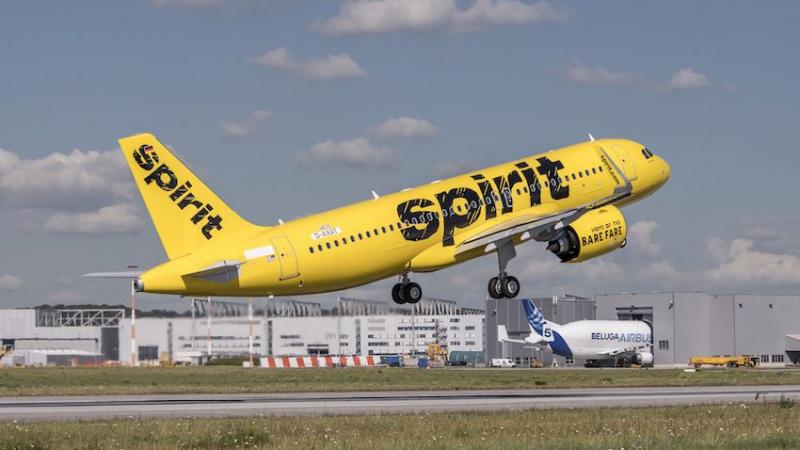The U.S. low-cost carrier (LCC) sector is showing signs of concern despite a temporary boost from falling fuel prices, according to new analysis.
Intelligence from IBA Insight reveals lower fuel bills, down 19.4% for JetBlue and 17.1% for Southwest, temporarily cushioning the blow of reduced yields and softening passenger numbers, but these short-term savings may obscure longer-term strategic vulnerabilities.
Southwest Airlines’ Q2 load factor dropped to 78.5%, falling below the 80% threshold for the first time since the impact of COVID in 2021. The carrier’s net margin fell from 5.0% to 2.9%, highlighting deeper structural challenges behind what might appear to be a favourable cost environment. Southwest’s modest 1.6% capacity increase did not yield sufficient demand, and its unit revenue (RASK) fell by 3.1%.
READ: Azorra acquires 13 JetBlue Embraer E190s
While the carrier celebrated stronger-than-expected financial results from newly introduced bag fees, the continued decline in RASK raises concerns about potential impacts on customer loyalty and brand equity, particularly as the airline moves toward a more ULCC-style model, with additional seat fees anticipated in 2026.
JetBlue Airways reported a more substantial decline, with a net margin of -3.1%, compared to 1.0% in Q2 2024. A 1.5% reduction in capacity did not counterbalance a 4.0% decline in revenue passenger kilometres (RPK), leading to a 2.1point drop in load factor.
In contrast, regional carrier SkyWest posted a net margin increase from 8.7% to 11.6%, aided by lean operations and network efficiency despite its smaller footprint in a constrained market.
Spirit Airlines is due to report in the coming weeks, offering further indication of whether the Ultra-LCC model remains viable in the current U.S. market environment.


